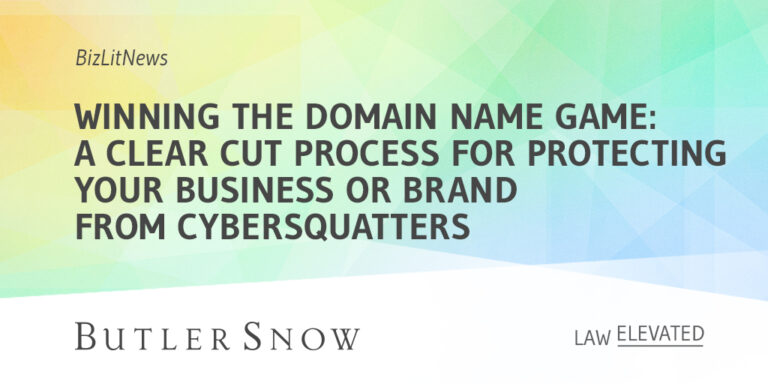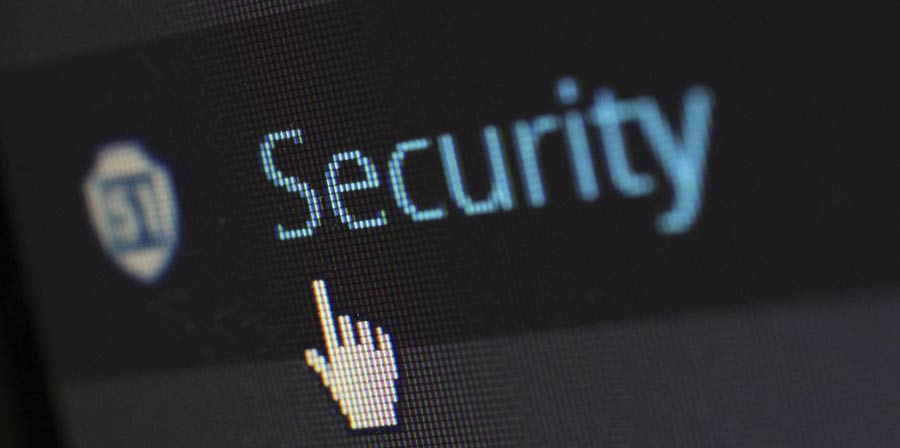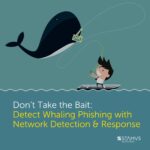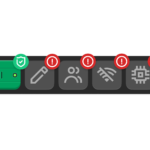To safeguard your business from cybersquatting, promptly register relevant domain names and trademarks. Employ monitoring services to detect unauthorized domain registrations that may infringe on your brand.
In today’s digital marketplace, protecting your intellectual property is paramount, especially to avoid the risks associated with cybersquatting. Cybersquatting involves individuals or entities registering domain names that reflect the trademarks or business names of established brands, hoping to sell them at inflated prices or misuse them.
Such practices can damage a brand’s reputation and lead to lost revenue. By taking proactive steps early, businesses can thwart cybersquatters and secure their online presence. Enforcement of rights through legal channels is also a strategic move to deter potential infringers and to reclaim domain names that rightfully belong to the business. A secure, reputable online identity is crucial for maintaining customer trust and the long-term success of any business in the internet age.
The Menace Of Cybersquatting
Cybersquatting poses a significant threat to business brands and reputations. Often, it involves registering, selling, or using a domain name with the intent of profiting from someone else’s trademark. Many dishonest individuals engage in this practice to demand ransom from businesses. They may also mislead customers by creating confusion with similar domain names.
| Common Cybersquatting Tactics |
|---|
| Typo-squatting: Registering misspelled variations of popular domain names. |
| Domain Warehousing: Registrars hold expired names for resale at a high price. |
| Name-jacking: Buying domain names akin to known brands to sell for profit. |
| Phishing: Using a domain to pretend to be a different company and trick people. |

Credit: geekflare.com
Assessing Your Risk
Cybersquatting poses a significant threat to businesses across various sectors.
Trademarks and brand identities can suffer greatly if targeted. Certain industries are more susceptible than others. The tech sector, retail brands, entertainment, and finance industries often face higher risks of domain-related attacks.
Brand reputation and revenue can be impacted if a business becomes a victim. Unauthorized domain registrations can lead to lost sales, diluted brand presence, and potential legal battles.
It’s crucial for companies in these high-risk industries to proactively monitor domain registrations. They should also attempt to secure relevant domain variations to safeguard against potential threats.
Proactive Defense Strategies
Protecting your business from cybersquatting is crucial. Begin by registering different spellings of your brand name. Consider common typos that customers might make. This step prevents others from using these variations to mislead your clients.
Domain extensions play a significant role as well. Secure various relevant domain extensions for your main website. These include .com, .net, .biz, and country-specific endings like .uk or .ca. This approach strengthens your online brand presence and keeps it safe.
| Brand Protection Step | Action |
|---|---|
| Register Variations | Book common misspellings and typos of your brand |
| Secure Extensions | Acquire multiple domain endings relevant to your business |
Legal Protections And Rights
The Anticybersquatting Consumer Protection Act (ACPA) helps businesses fight domain name theft. This law lets companies sue bad actors who register domain names too similar to trademarks. Winning in court can lead to domain name transfer and possibly monetary damages.
ICANN—Internet Corporation for Assigned Names and Numbers— offers a solution too. Their Uniform Domain-Name Dispute-Resolution Policy (UDRP) is set up for quick fixes to disputes. If someone takes a domain name that matches your trademark, you can use the UDRP. It’s cheaper than court, and faster too.
These legal tools are vital for protecting your brand online. Make sure to use them if you face cybersquatting issues.
Monitoring And Enforcement
To guard your brand online, start by setting up Google Alerts for your business name and domain. This tool will notify you of new registrations that may infringe on your brand. It is vital to have a quick response system.
Upon finding potential cybersquatting, consider sending a cease and desist letter before legal action. For more severe cases, use the Uniform Domain-Name Dispute-Resolution Policy (UDRP) or Anticybersquatting Consumer Protection Act (ACPA). These are legal paths to reclaim your domain. Always consult with legal counsel for such actions.

Credit: www.butlersnow.com
Post-incident Response Plan
Protecting your business from cybersquatting requires a solid post-incident response plan. This plan consists of immediate actions to recover from such attacks. Craft a strategy with clear steps to regain control of your domain.
Engagement with experienced legal counsel is critical. They will guide you through the necessary legal pathways. Your lawyers should specialize in internet laws and intellectual property rights. They will pursue actions like UDRP (Uniform Domain-Name Dispute-Resolution Policy) proceedings.

Credit: www.corevist.com
Conclusion
Securing your business against cyber threats is crucial. Implement robust strategies to combat cybersquatting effectively. Remember, proactive measures are your best defense. By following the steps discussed, you can safeguard your brand’s integrity. Stay vigilant; your digital presence is an asset worth protecting.










